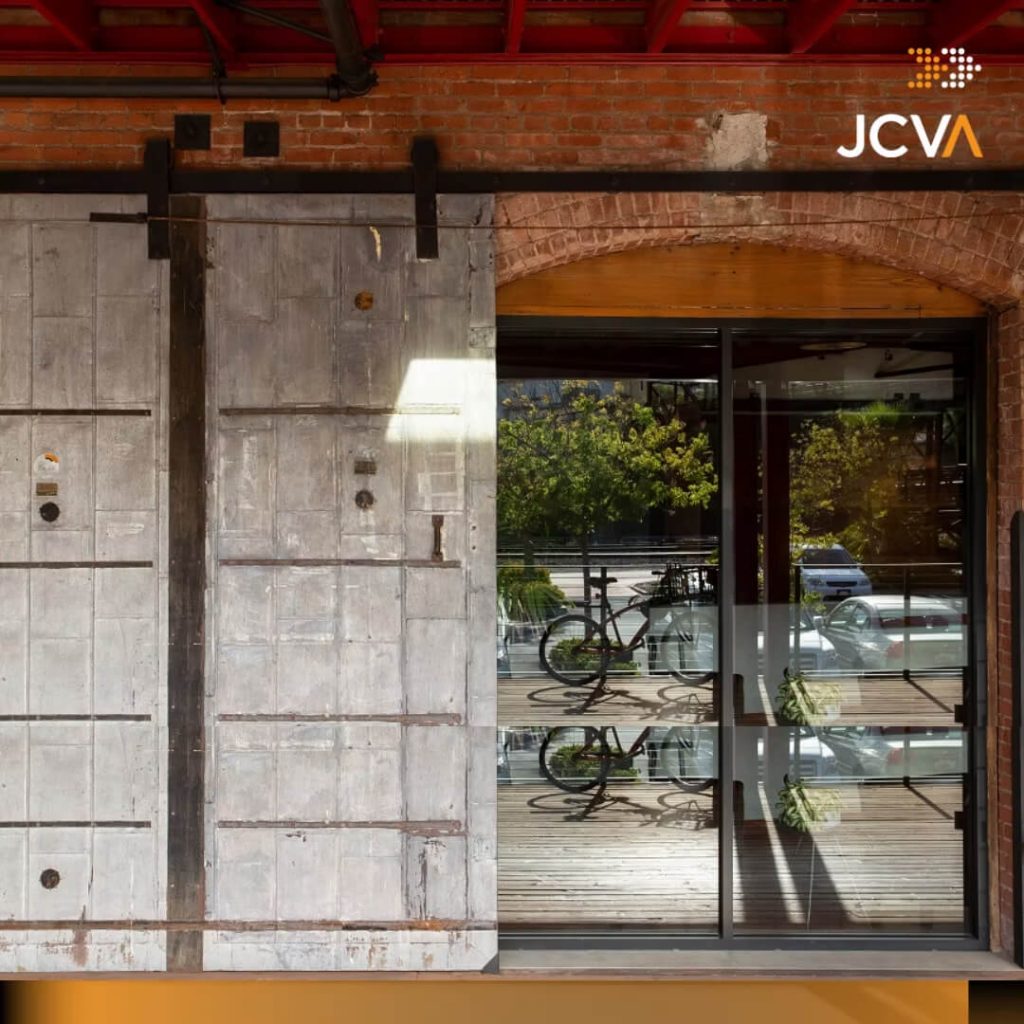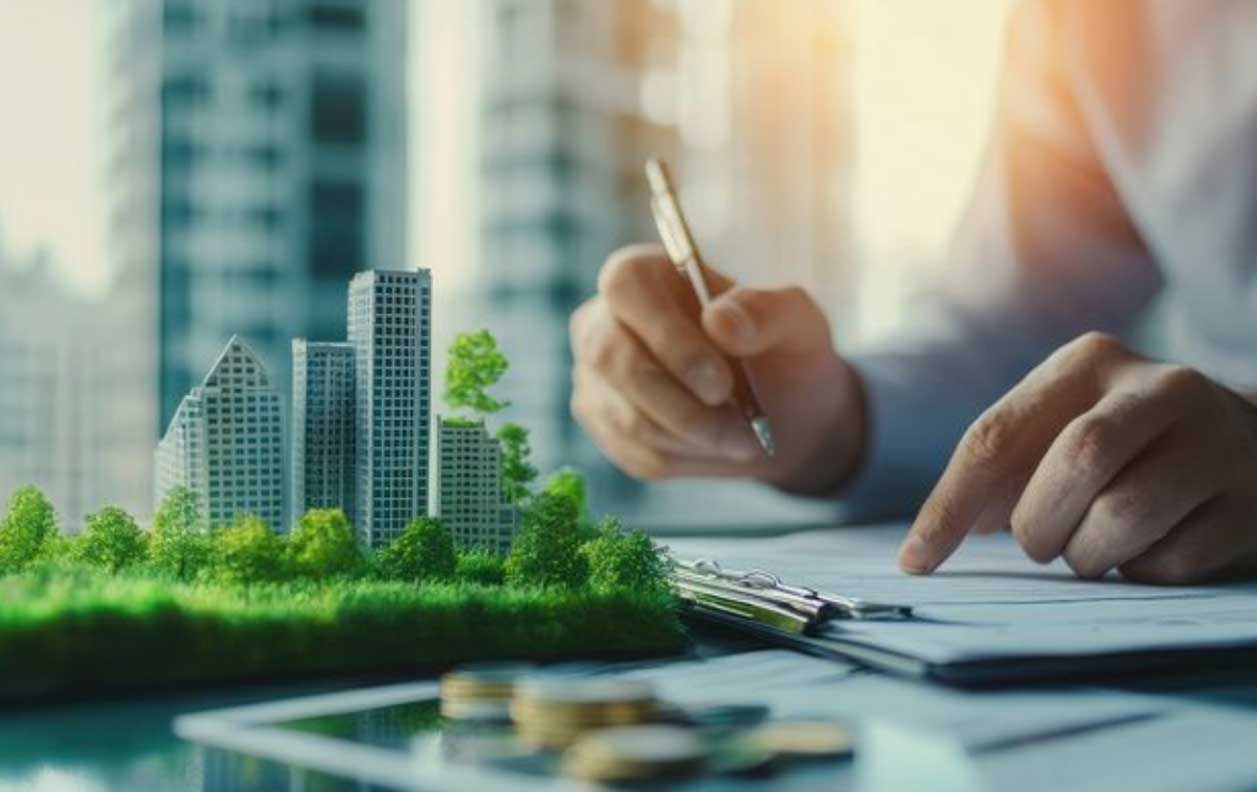
Many communities are home to old and historical buildings, like the Philippines, where each structure tells a story of the nation’s rich and diverse past. In such a context, adaptive reuse is more than just a practical solution for the Philippine construction industry. It’s a respectful homage to the country’s history, allowing us to honor the architectural heritage and the historical narratives embedded within these spaces. It also allows us to create a meaningful dialogue between the past and the present and ensure they continue to be a part of our living history.
Adaptive reuse involves repurposing an existing building for a different function. This concept takes various forms, ranging from preserving architectural heritage to transforming unoccupied buildings for practical use. Industry experts in real estate predict that within the next decade, 90% of existing buildings will undergo renovations for adaptive reuse. This process is particularly relevant for buildings that have become obsolete, injecting vitality into historical structures or empty commercial properties left behind after businesses relocate.
Opting for adaptive reuse over new construction is a quicker, more cost-effective, and sustainable choice. It infuses historical sites with a modern twist, aligning them with contemporary technology, entertainment, and lifestyle trends. While adaptive reuse is commonly associated with historical buildings by construction management firms, it’s equally applicable to rejuvenating any underused, abandoned, or vacant structures, thereby extending their functional life.
The concept of adaptive reuse in architecture focuses on conserving buildings and existing resources. It encourages construction project management firms to explore unique recycling methods and modernize pre-existing structures. Here are some of the many benefits of adaptive reuse.
Cultural landmarks are frequently torn down to accommodate new, more modern structures, often contrary to public cultural preferences. Repurposing these historic buildings for contemporary functions saves architectural treasures from deterioration. The demolition of buildings with cultural significance not only leads to heightened social disconnection but also escalates infrastructure expenses. Moreover, the reduced transportation expenses associated with office spaces in culturally and historically significant landmarks make them more desirable.
Repurposing an existing building is generally quicker than constructing a new one with equivalent floor space from the ground up. One of the advantages of this approach is the ability to use a portion of the renovated space before the entire renovation is complete. This aspect is particularly beneficial for private developers, as it allows for continuous cash flow during the construction of the remaining sections. Additionally, the cost savings from reusing an existing structure can be redirected towards investing in high-efficiency, eco-friendly HVAC systems, leading to significant long-term savings in operational costs.
Constructing new buildings can have detrimental environmental impacts. For instance, building a two-bedroom house can emit up to 80 tonnes of carbon dioxide. Moreover, the environmental repercussions of a new building’s construction on climate change can take between 10 to 80 years to neutralize.
Adaptive reuse offers several ways to enhance energy efficiency. The energy required to demolish and reconstruct an old building with new materials significantly increases a structure’s carbon footprint. Plus, the waste from demolished buildings often ends up in landfills. Historical buildings constructed before the era of modern climate control systems often inherently possess sustainable features. They typically incorporated thick walls and awnings for temperature regulation and leveraged large windows and high ceilings to maximize natural light.
Adaptive reuse frequently strikes a chord with communities due to its role in preserving history and rejuvenating areas that often begin as unsightly or neglected. This approach respects the past and breathes new life into these spaces, transforming them into vibrant, functional areas. As a result, it tends to garner substantial community support, which can significantly expedite project timelines of construction firms involved in adaptive reuse projects. The involvement and backing of the local community can also lead to a more collaborative and inclusive development process that ensures the revitalized spaces meet the needs and values of those who live and work in the area.
This 2024, the construction sector of the Philippines should look more into incorporating the adaptive reuse method into their projects. This approach goes beyond mere renovation; it’s a tribute to the nation’s rich history, offering a seamless blend of the past and present. By repurposing old and historical buildings, adaptive reuse preserves cultural heritage and aligns these timeless structures with contemporary needs. It emerges as a smart solution, saving time and money and reducing environmental impact while maintaining the community’s soul.
As we embrace adaptive reuse, we are paving the way for our country’s more sustainable, cost-effective, and culturally rich urban landscape. Be part of the construction industry’s revolutionary journey with JCVA. Email us at technical@jcvassociates.ph or visit www.jcvassociates.ph/ehs-consultancy to learn more about how you can work with the best construction management firm in the Philippines.
Sources:
We manage risks, build strong stakeholder relationships, and deliver solutions that reflect global best practices, backed by deep local industry knowledge.
If you're looking for a reliable partner to bring your vision to life, JCVA is here to build it with you.

